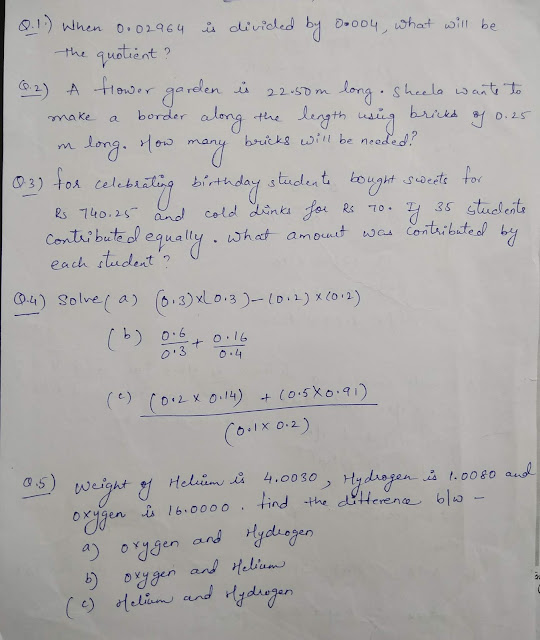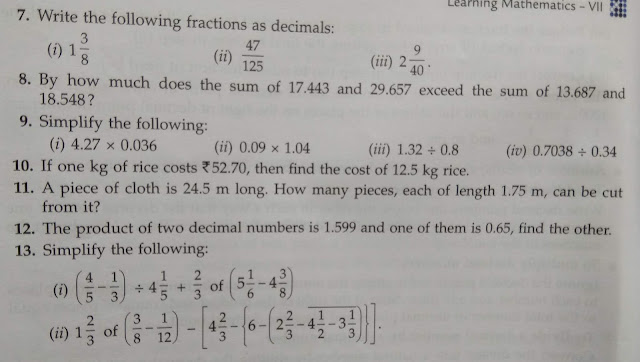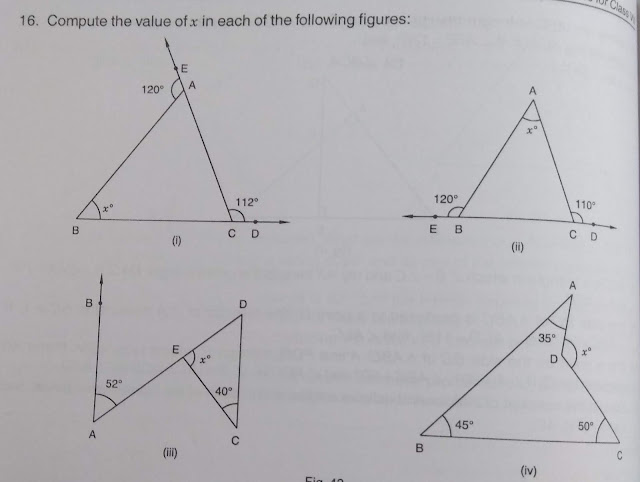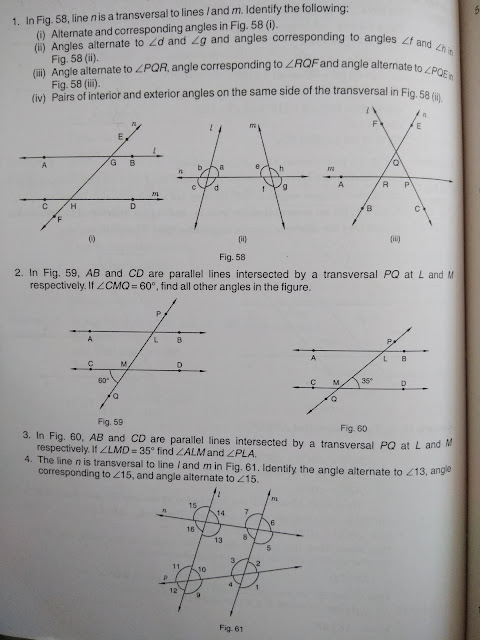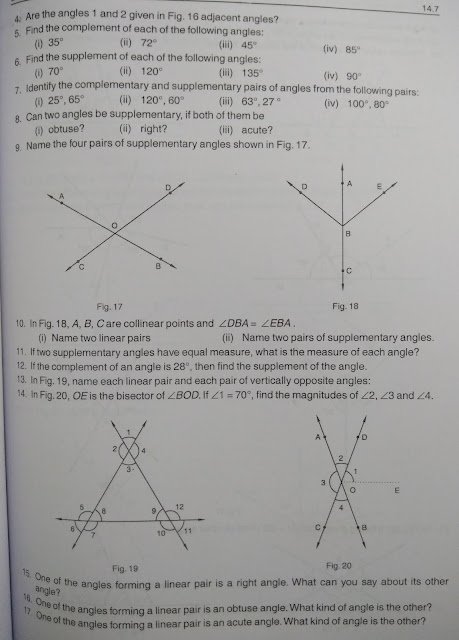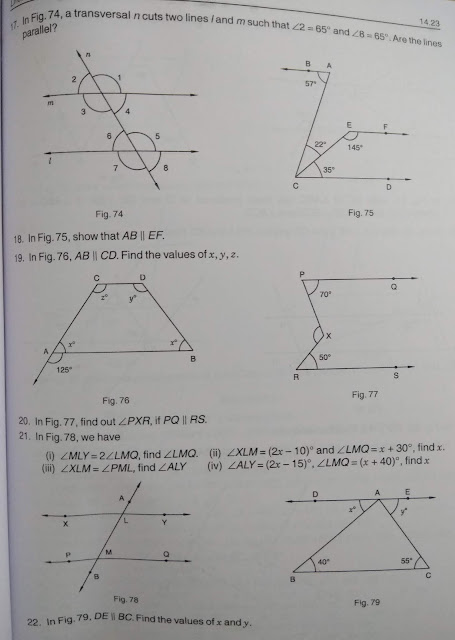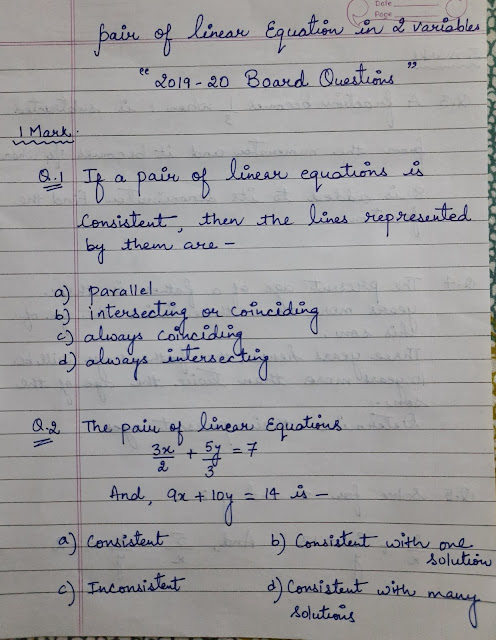EXPERIMENT - 3
AIM
To observe and compare the pressure exerted by a solid iron cuboid on sand while resting on its three different faces and to calculate the pressure exerted in the three cases.
THEORY
Simply stated, weight is the force acting vertically downward. The weight of an object is the force with which it is attracted towards the earth, that is:

For an object in free fall, when gravity is the only force acting on it, the expression for weight follows Newton's Second Law.
W = F, thus:

Here ‘g’ is the Earth's gravitational field strength, equal to about 9.81 m s−2.
An object's weight depends on its environment, while its mass does not. The SI unit of weight is the same as that of force, that is, Newton (N).The force acting on an object perpendicular to the surface is called thrust. The effect of thrust depends on the area on which it acts. Thus:

The thrust on unit area is called pressure. Thus:

SI unit of pressure is N/m2 or Nm-2 (Newton per square metre).
In honour of scientistBlaise Pascal, the SI unit of pressure is called pascal, denoted by Pa.
MATERIAL REQUIRED
 Sand tub, brick, scale
Sand tub, brick, scale
PROCEDURE
Fill ¾ ths of a tray with dry sand and level it.
- Measure the dimensions of a solid iron cuboid accurately using a scale. Mark the three faces of the cuboid as A, B and C.
- Place the solid iron cuboid by the surface A on the plane levelled sand in the tray.
- After a few minutes, remove the Iron cuboid and you will see that it has made a depression in the sand.
- Measure the depth (depression) it has made in the sand using the scale.
- Repeat the same procedure for the other two surfaces.
OBSERVATIONS
Gravitational force on the environment = …….. 
- Calculate the area occupied by each surface of the solid iron cuboid.
- Area occupied by surface A in the sand = .............

- Area occupied by surface B in the sand = .............

- Area occupied by surface C in the sand = .............

- Area occupied by surface A in the sand = .............
- Calculate the pressure made by each surface of the solid iron cuboid.
- Pressure made by the surface A in the sand = ............. N
- Pressure made by the surface B in the sand = ............. N
- Pressure made by the surface C in the sand = ............. N
- Calculate the Depression.
- Depression made by the surface A in the sand = ............. cm
- Depression made by the surface B in the sand = ............. cm
- Depression made by the surface C in the sand = ............. cm
RESULT
PRESSURE EXERTED BY THREE DIFFERENT SURFACES IS DIFFERENT ALTHOUGH THE WEIGHT IS SAME.
PRECAUTIONS
- Dried sand must be used.
- The tray must have significant length and width.
- Appropriate cuboid of dimension must be used.
ANIMATION





